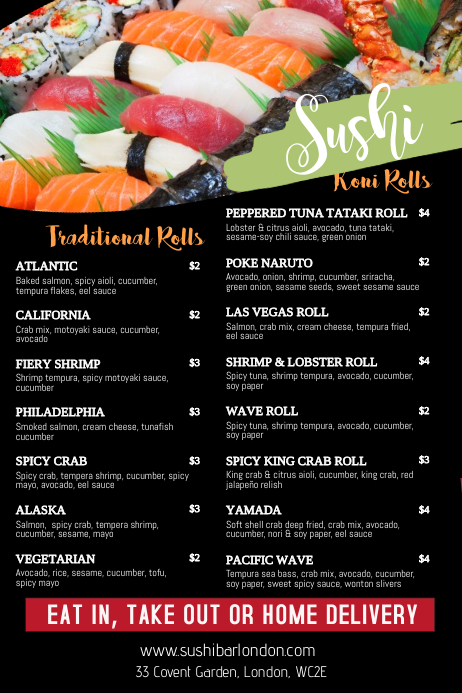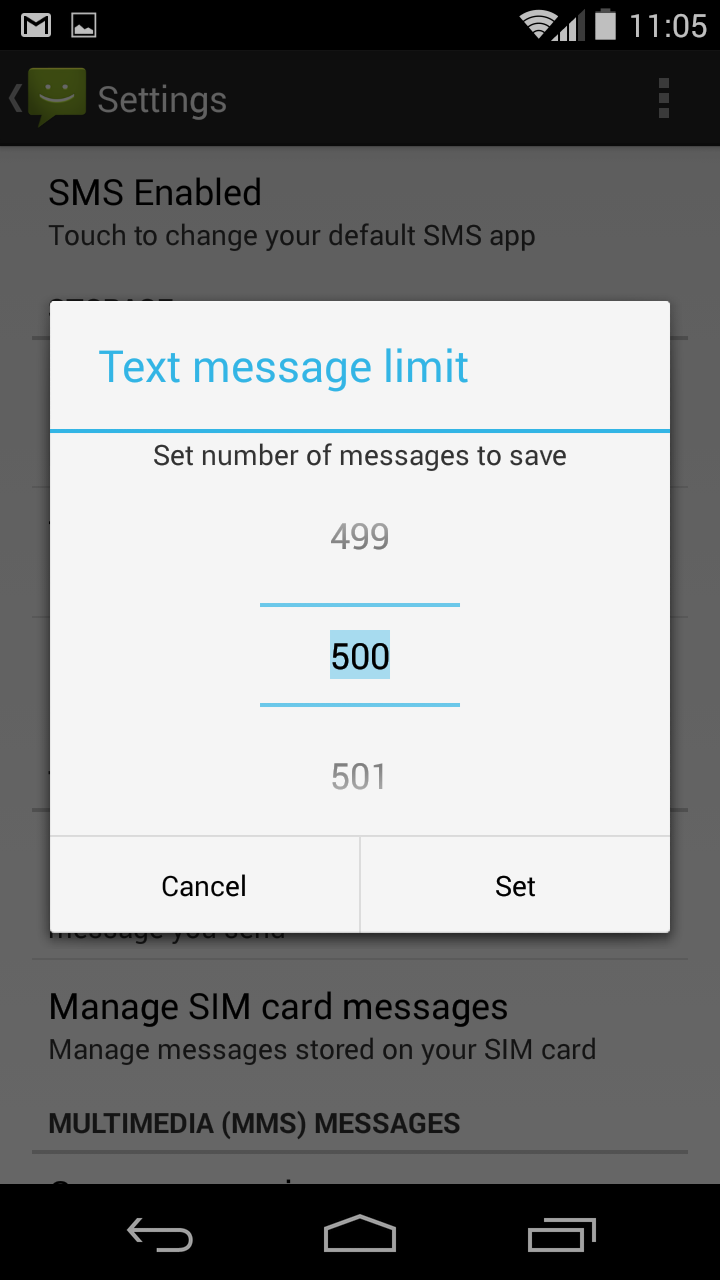Clean Text Menu 2.6
- Clean Text Menu 2.6 Template
- Clean Text Menu 2.6 Free
- Clean Text Menu 2.6 Word
- Clean Text Menu 2.6 Online
After you download the crx file for Click & Clean 9.6.3.1, open Chrome's extensions page (chrome://extensions/ or find by Chrome menu icon More tools Extensions), and then drag-and-drop the.crx file to the extensions page to install it. Use the search box below to search for your answer and also check out theme instructions at Theme Instructions before posting question here. When you post in. GIMP 2.6 also further enhances its scripting abilities. In particular there is now a much richer API for the creation and manipulation of text layers. Here is a list of new symbols in GIMP 2.6. Backwards Compatibility¶ Script-Fu has undergone some clean up and includes several bug fixes.
The Office of Land Quality’s (OLQ) Emergency Response program responds to incidents involving spills to soil or waters of the state. Responders in the Indiana Department of Environmental Management’s (IDEM) four regional offices work closely with local, federal, and other state responders to. Buy Cleanco 3 - Cleaning Service Company WordPress Theme by deTheme on ThemeForest. With the newest version 3.0, we are continuing to deliver the best experience for you. Jan 14, 2020 A Windows 7 clean install is usually the best way to install, or reinstall, Windows 7 on a computer. Check the I accept the license terms checkbox under the agreement text. Prepare the start menu, etc. You don't need to do anything here.
| Paradigm | functional |
|---|---|
| Designed by | Software Technology Research Group of Radboud University Nijmegen |
| First appeared | 1987; 33 years ago |
| Stable release | |
| Typing discipline | strong, static, dynamic |
| OS | Cross-platform |
| License | Simplified BSD[1] |
| Filename extensions | .icl, .dcl, .abc |
| Website | clean.cs.ru.nl |
| Influenced by | |
| Lean, Miranda, Haskell | |
| Influenced | |
| Haskell, Idris[2] | |
Clean is a general-purposepurely functionalcomputer programming language. For much of the language's active development history it was called Concurrent Clean, but this was dropped at some point. Clean is being developed by a group of researchers from the Radboud University in Nijmegen since 1987.
Features[edit]
The language Clean first appeared in 1987 and is still being further developed.[3] It shares many properties with Haskell:referential transparency, list comprehension, guards, garbage collection, higher order functions, currying and lazy evaluation.
An integrated development environment (IDE) for Microsoft Windows is included in the Clean distribution.

Clean deals with mutable state and I/O through a uniqueness typing system, in contrast to Haskell's use of monads. The compiler takes advantage of the uniqueness type system to generate more efficient code, because it knows that anything with a uniqueness type can only be used once. Therefore, a unique value can be changed in place.[4]
Examples[edit]
Hello world:
Factorial:
Fibonacci sequence:
Infix operator:
The type declaration states that the function is a right associative infix operator with priority 8: this states that x*x^(n-1) is equivalent to x*(x^(n-1)) as opposed to (x*x)^(n-1). This operator is pre-defined in StdEnv, the Clean standard library.
It assists several users to work faster and easier. It has the ability of becoming familiar with the voice of the user according to its use. Dragon dictate free. It enables the user to browse the web simply by speaking the name to your computer’s mike.
How Clean works[edit]
Computation is based on graph rewriting and reduction. Constants such as numbers are graphs and functions are graph rewriting formulas. This, combined with compilation to native code, makes Clean programs which use high abstraction run relatively fast according to the Computer Language Benchmarks Game.[5]
Compiling[edit]
- Source files (.icl) and definition files (.dcl) are translated into Core Clean, a basic variant of Clean, in Clean.
- Core clean is converted into Clean's platform-independent bytecode (.abc), implemented in C and Clean.
- Bytecode is converted to object code (.o) using C.
- Object code is linked with other files in the module and the runtime system and converted into a normal executable in Clean.
Earlier Clean system versions were written completely in C, thus avoiding bootstrapping issues.
The SAPL system compiles Core Clean to JavaScript and does not use ABC code.
The ABC-Machine[edit]
To close the gap between Core Clean, a high-level functional language, and machine code, the ABC-machine is used.This is an imperative abstract graph rewriting machine.[6]Generating concrete machine code from abstract ABC code is a relatively small step, so by using the ABC-machine it is much easier to target multiple architectures for code generation.
The ABC-machine has an uncommon memory model. It has a graph store to hold the Clean graph that is being rewritten. The A(rgument)-stack holds arguments that refer to nodes in the graph store. This way, a node's arguments can be rewritten, which is needed for pattern matching. The B(asic value)-stack holds basic values (integers, characters, reals, etc.). While not strictly necessary (all these elements could be nodes in the graph store as well), using a separate stack is much more efficient. The C(ontrol)-stack holds return addresses for flow control.
The runtime system, which is linked into every executable, has a print rule which prints a node to the output channel. When a program is executed, the Start node is printed. For this, it has to be rewritten to root normal form, after which its children are rewritten to root normal form, etc., until the whole node is printed.
Platforms[edit]
Clean is available for Microsoft Windows, Apple Macintosh, Solaris and Linux.
Some libraries are not available on all platforms, like ObjectIO which is only available on Windows and Mac. The feature to write dynamics to files is only available on Windows.
Clean Text Menu 2.6 Template
Versus Haskell[edit]
Speed[edit]
A benchmark from 2008 shows that Clean is faster than Haskell in most cases:[7]
| Language | Pri | Sym | Inter | Fib | Match | Ham | Twi | Qns | Kns | Parse | Plog | Qsort | Isort | Msort |
|---|---|---|---|---|---|---|---|---|---|---|---|---|---|---|
| SAPL Int | 6.1 | 17.6 | 7.8 | 7.3 | 8.5 | 15.7 | 7.9 | 6.5 | 47.1 | 4.4 | 4.0 | 16.4 | 9.4 | 4.4 |
| SAPL Bas | 4.3 | 13.2 | 6.0 | 6.5 | 5.9 | 9.8 | 5.6 | 5.1 | 38.3 | 3.8 | 2.6 | 10.1 | 6.7 | 2.6 |
| GHC | 2.0 | 1.7 | 8.2 | 4.0 | 4.1 | 8.4 | 6.6 | 3.7 | 17.7 | 2.8 | 0.7 | 4.4 | 2.3 | 3.2 |
| GHC -O | 0.9 | 1.5 | 1.8 | 0.2 | 1.0 | 4.0 | 0.1 | 0.4 | 5.7 | 1.9 | 0.4 | 3.2 | 1.9 | 1.0 |
| Clean | 0.9 | 0.8 | 0.8 | 0.2 | 1.4 | 2.4 | 2.4 | 0.4 | 3.0 | 4.5 | 0.4 | 1.6 | 1.0 | 0.6 |
As can be seen, Clean outruns Haskell (GHC) on almost all test cases. Only parser combinators are faster in Haskell. Using GHC -O we get some optimisations, making pattern matching and higher order functions faster than in Clean as well. In most cases, however, Clean outperforms GHC -O or at least is not slower.
The programs used were:

- Pri: Prime sieve;
primes !! 5000 - Sym: Prime sieve using Peano numbers;
sprimes !! p280 - Inter: A small SAPL interpreter, calculating the 100th prime number using a sieve
- Fib: Fibonacci; the naive Fibonacci function, calculating
fib 35 - Match: Nested pattern matching (5 levels deep), repeated 2000000 times
- Ham: Hamming; the generation of the list of Hamming numbers and taking the 1000th number, 10000 times
- Twi: Twice; a higher order function (
twice twice twice twice (add 1) 0), repeated 400 times - Qns: The Queens problem; number of placements of 11 queens on an 11 × 11 chess board
- Kns: Knights; finding all knight tours on a 5 × 5 chess board
- Parse: Parser combinators; a parser for Prolog parsing a 17000 lines Prolog program
- Plog: Prolog; a small Prolog interpreter based on unification only (no arithmetic operations), calculating all descendants in a six generations family tree
- Sort: Quicksort (20000 elements), Merge sort (200000 elements) and Insertion sort (10000 elements)
Syntactic differences[edit]
The syntax of Clean is very similar to Haskell, with some notable differences:[4]
| Haskell | Clean | Remarks |
|---|---|---|
| list comprehension | ||
| cons operator | ||
| algebraic data type | ||
| class assertions and contexts | ||
| as-patterns | ||
| if |
Clean Text Menu 2.6 Free
In general, Haskell has introduced more syntactic sugar than Clean.
Clean Text Menu 2.6 Word
Community[edit]
- IRC channel: #cleanlang on freenode
References[edit]
- ^'Download Clean'. Clean. Retrieved 23 July 2019.
- ^''Idris - Uniqueness Types''. Retrieved 2018-11-20.
- ^'FAQ - Clean'.
- ^ abftp://ftp.cs.ru.nl/pub/Clean/papers/2007/achp2007-CleanHaskellQuickGuide.pdf
- ^'Which programming languages are fastest?'. Computer Language Benchmarks Game. Archived from the original on 28 June 2011.CS1 maint: BOT: original-url status unknown (link)
- ^Koopman, Pieter (December 10, 1990). Functional Programs as Executable Specifications. Meppel: Krips Repro. p. 35. ISBN90-9003689-X.
- ^Jansen, Jan Martin; Koopman, Pieter; Plasmeijer, Rinus (2008). 'From Interpretation to Compilation'(PDF). Retrieved 2016-05-21.Cite journal requires
journal=(help)